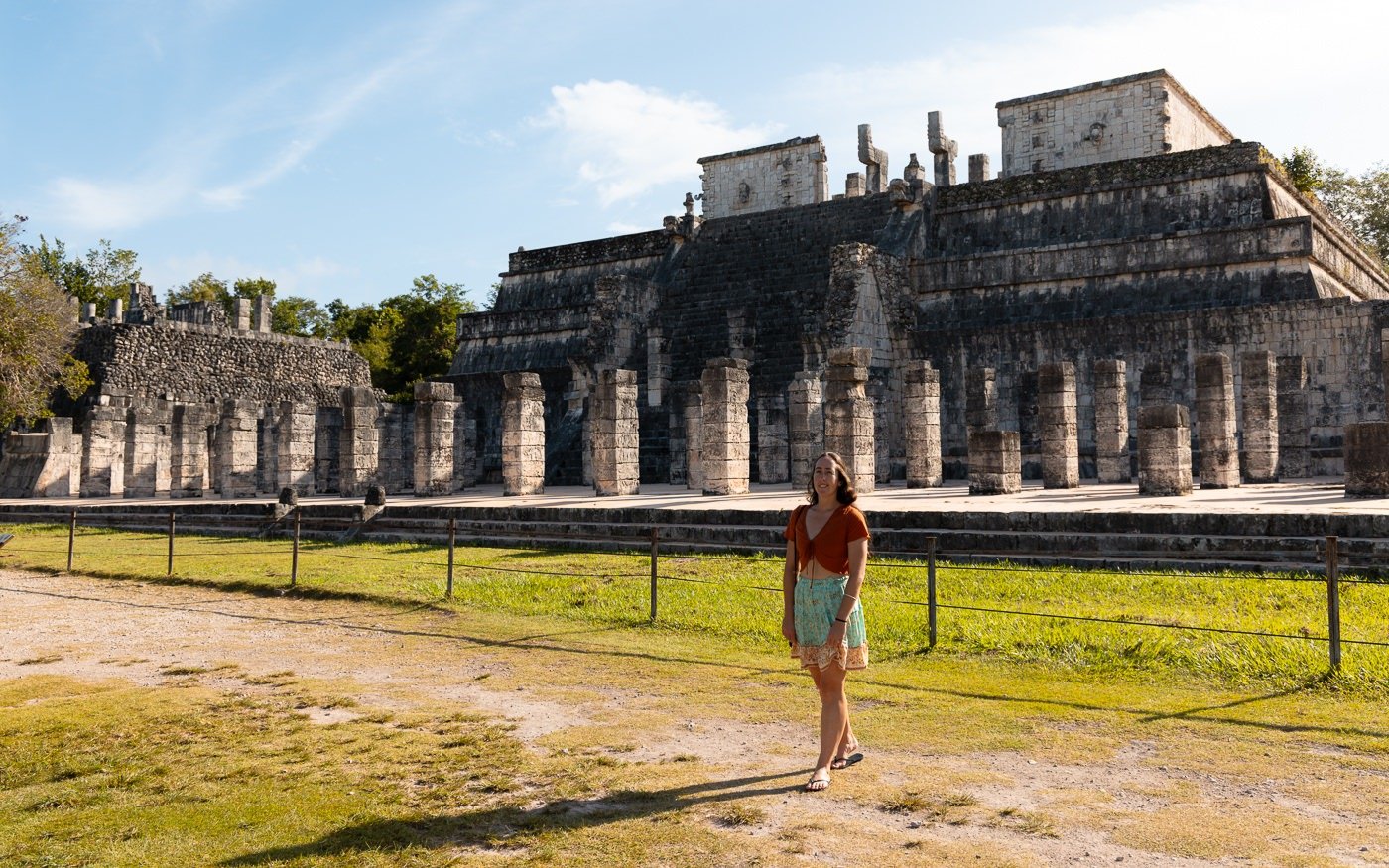Chichén Itzá is one of the most iconic archaeological sites in the world, and draws over 2 million travelers to Mexico each year. The Mayan city was once a bustling hub of politics, commerce, religion, and astronomy, and today, it’s a UNESCO World Heritage Site and one of the New Seven Wonders of the World.
When I visited Mexico for the first time, Chichén Itzá was pretty high on my bucket list, as I’m sure it is on most travelers. And if it’s not, it should be – whether you’re an avid history lover, or if like me, you’re just a traveler keen to check out the most famous things in each country – the site offers a window into a civilization that shaped much of Central America.
But while its fame is well deserved, navigating how to get there – and whether it’s the best use of your time in Mexico – is worth considering. I visited on my first trip to Mexico purely because it felt like a bucket-list attraction, but after spending a lot more time exploring Central America – I have quite mixed opinions on Chichen Itza, which I’ll dive into later in the post.
Below, I’ll cover exactly how to get to Chichén Itzá from various locations around the Yucatán Peninsula, and provide an in-depth review of whether a visit is actually worth it.
How to Get to Chichén Itzá From Cancun
Cancun is one of the most popular springboard spots for a day trip to Chichén Itzá; it’s the largest and busiest resort in the Yucatan Peninsula, and since the journey is very doable in a day - lots of visitors choose to make the trip.
- Distance: Just under 200 km
- Travel Time: Usually between 2.5 - 3 hours, depending on traffic.
Options:
- Car Rental: If you're comfortable driving abroad and renting a car fits into your budget, I would say this is the best and most flexible option. The drive is very straightforward - it’s mostly along Highway 180 (a toll road), which is smooth and direct. Expect to pay around 500 MXN ($26 USD) in tolls charges, and make sure to bring cash with you for this.
- Guided Tour: You’ll find no shortage of tour operators in Cancun offering full-day trips that include transportation, a guide, lunch, and sometimes a visit to a cenote or Valladolid. This is the option I chose when I was in Cancun, and it’s a great way to put your feet up and enjoy a day where everything is organised for you. Prices range from $50–$100 USD depending on the tour. Here's a great tour I personally recommend on Getyourguide.
- Public Bus: Public buses leave Cancun’s main ADO station throughout the day - some are direct, but if you aren’t able to get tickets for a direct bus you can transfer in Valladolid. The bus takes roughly three hours, and you can find more information on exactly how to get to Chichen Itza from Cancun using public transport in this article.
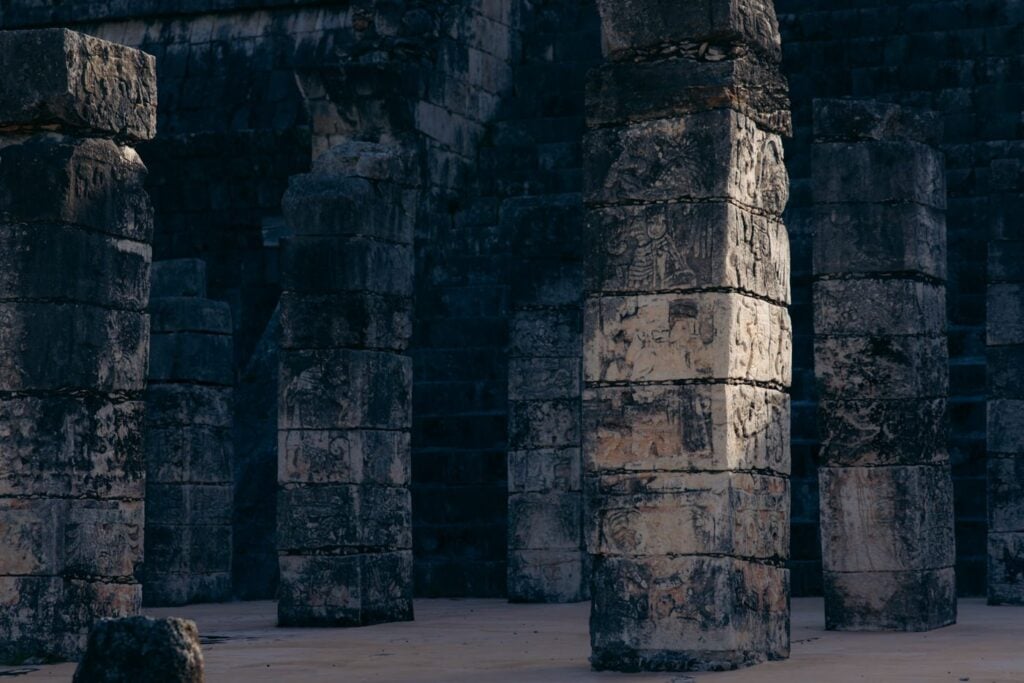
How to Get to Chichén Itzá from Playa del Carmen
Slightly further down the Caribbean coast, the popular holiday resort of Playa del Carmen is another area that’s very accessible to reach Chichen Itza - in fact, it’s a slightly shorter journey from here.
- Distance: Just under 180 km
- Travel Time: Usually around 2.5 hours
Options:
- Car Rental: Take Highway 305D and then join 180D. It's a scenic and relatively stress-free drive, but just like the route from Cancun it involves tolls which cost around 500 MXN ($26 USD)
- Group Tours: Just like Cancun, Playa del Carmen is a great base point for daily excursions to Chichén Itzá, so you won’t have any issues finding a group tour. I saw plenty of tour offices advertising Chichén Itzá along the main strip, and there lots of trips online as well.
- Public Bus: ADO buses depart daily to Valladolid, costing around 270 MXN (around $14 USD) each way. Once you get to Valladolid, you can either take a taxi or colectivo to reach Chichén Itzá.
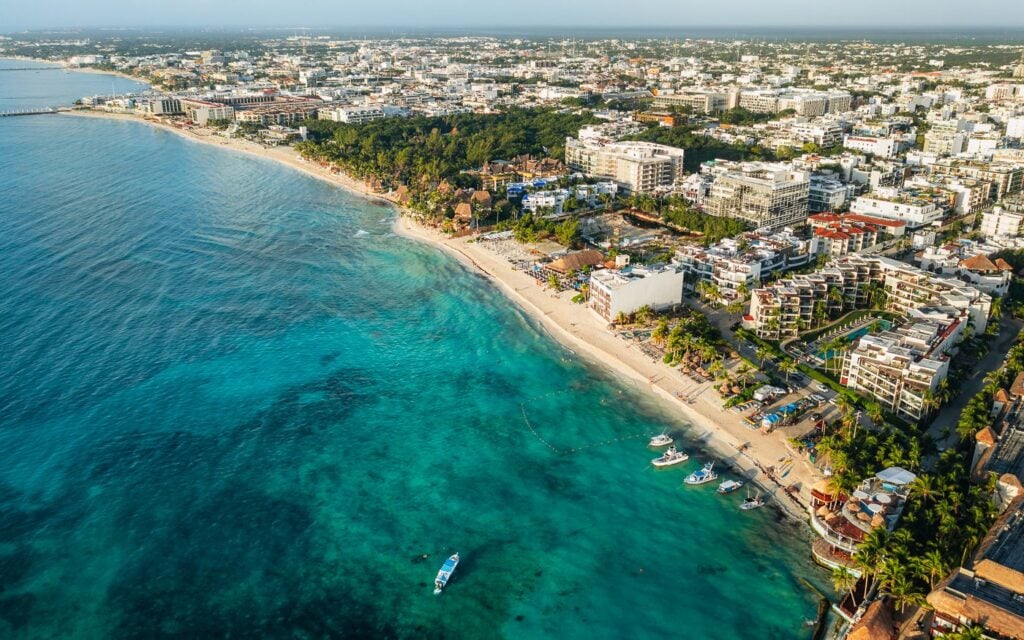
How to Get to Chichén Itzá from Tulum
Tulum is another popular place to stay in the Yucatan Peninsula, and as well as visiting its renowned beaches and incredible cenotes, you can easily take a day trip to Chichén Itzá from here.
- Distance: Just under 150 km (93 miles)
- Travel Time: Between 2 and 2.5 hours
Options:
- Car Rental: The quickest route is via Highway 109 to Valladolid, and then join the 180D toll road onto Chichén Itzá. Both of these highways are modern and in great condition, and traffic is light once you get out of Tulum - it should be a very easy journey.
- Tours: Just like in Cancun, there are lots of Tulum-based agencies running Chichén Itzá trips, and a few can be found online as well. These often combine Chichén Itzá with Tulum cenote visits or time in Valladolid.
- Bus: ADO runs a handful of direct buses from Tulum, usually early in the morning - make sure to check their website for timings. Alternatively, you can take a bus to Valladolid and then take a colectivo or taxi to Chichén Itzá.
- Private Driver: You can hire a driver for the day to take you from Tulum to Chichén Itzá and any other stops you want to add into your day trip. Your accommodation will usually be able to arrange this for you, or you can book online.

How to Get to Chichén Itzá from Valladolid
Most public transport routes to Chichén Itzá from the coastal areas involve a transfer in Valladolid, but this town is much more than just a stopover - it’s a beautiful colonial town with some very cool architecture and history, so definitely warrants a night or two stay if time allows.
- Distance: Just under 40 km (25 miles)
- Travel Time: Around 40 minutes, depending on time of day
Options:
- Colectivos (Shared Vans): These are the quickest and cheapest way to get there from Valladolid, and although they might feel like a minefield if you’ve not traveled on them before - they’re pretty straightforward to navigate. Vans leave when full and cost around 40 - 50 MXN ($2 USD) one way, which usually needs to be paid in cash. You can find the colectivo station on Calle 39 in the main town - it’s on google maps if you type in ‘Transporte Colectivo’. There’s no fixed schedule, so you need to wait for a van to turn up but they run very regularly.
- Taxi: Taxis charge about 300 - 400 MXN ($18 USD) for a round trip. You can arrange for the driver to wait or return later.
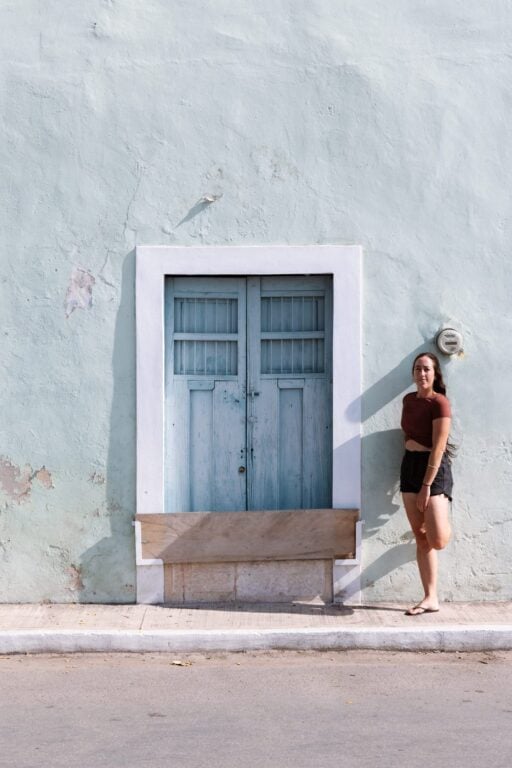
How to Get to Chichén Itzá from Mérida
A lot of travelers kick off their time exploring the Yucatan Peninsula with a stop in the region's capital, Mérida. The city is a great place to soak up the region's history, both Colonial and Mayan, as relics of both groups are still very evident today. A day trip to Chichén Itzá from Mérida is easily doable - and is a fantastic way to learn even more about the Mayan civilisation.
- Distance: Just under 20 km (75 miles)
- Travel Time: Between 1.5 - 2 hours
Options:
- Car Rental: Renting a car in Mérida is easily done, and I can personally vouch for America Car Rentals who I used multiple times across Mexico. It’s a very straightforward drive down the Highway 180D Toll Road, just remember to factor the toll fees into your budget and bring cash as they don’t often accept cards.
- Guided Tours: You’ll find many tour agencies in Mérida that offer both private and group tours to Chichén Itzá, often paired with cenotes or nearby ruins like Ek’ Balam or Uxmal. As there are different style tours to choose from and they tend to make different stops, I recommend researching and booking your tour online if you choose to go for this option.
- Bus: There are two ways to get to Chichén Itzá from Mérida by bus, as two providers service the route. Both ADO and Oriente offer regular direct buses from Mérida central station. ADO is the quicker option - it’s a minibus and takes around two hours, whereas the Oriente is a regular bus that takes around three hours. As there are less seats on the ADO bus, tickets sell out - if you want to take this route, definitely book your tickets online around a week in advance. The Oriente bus tickets can be bought on the day at the station.
Is Chichén Itzá Actually Worth It? My Take
Now for the real question: is Chichén Itzá worth your time, money, and energy?
There’s no denying that Chichén Itzá is incredibly impressive. To put it simply, the Mayans architecture and engineering skills were remarkably ahead of their time (so much so that today's historians still don’t quite understand how they were able to create some things!). When I visited, I found the sheer scale of the Great Pyramid considering its age pretty mind-blowing, and nothing can beat seeing that in real life.
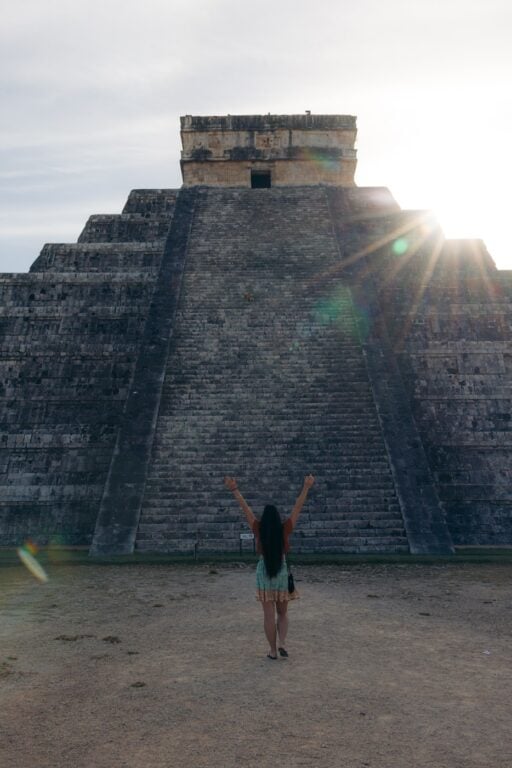
But I also think it’s important to talk honestly about the experience, especially for travelers who find themselves in Mexico on a time limit.
Chichén Itzá is so spectacular that it has deemed itself a title as a wonder of the world - which means you won’t be alone. I visited on a day trip which arrived in the morning, around 9:00 AM. By 10:00 AM, the site was packed. Long lines formed at every point of interest and tour guides were competing to speak over each other. It felt more like a theme park than a sacred site. Even if you arrive the second the gates open (which is a good strategy), it won’t be long before the crowds descend and you’re surrounded by massive tour groups and queues for the best photo spots.
The crowd density, especially in peak season, can feel overwhelming. If you're seeking a quiet moment to contemplate the past, you’re unlikely to find it here. This is something I really struggle with when deciding whether I should visit a ‘must-see’ attraction wherever I am in the world; I don’t want to miss out (as these places are always a ‘must-see’ for a reason!), but from experience I know the crowds can taint the experience.
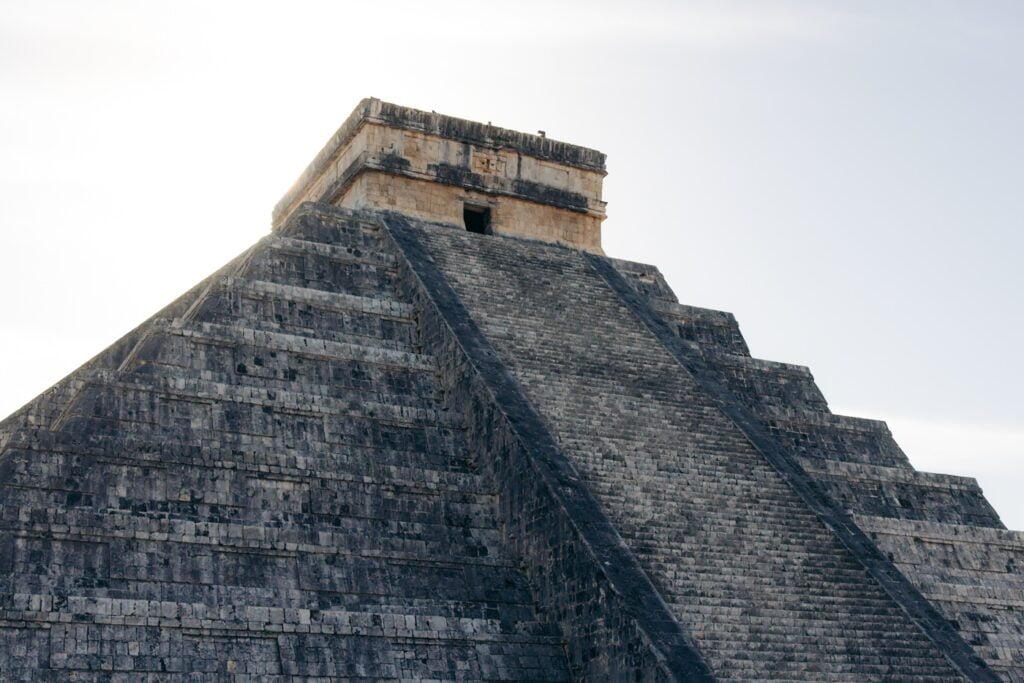
Should You Visit Chichén Itzá?
My honest opinion is this - if you have a big interest in Mayan history or you’ve always dreamed of seeing Chichén Itzá, you absolutely should. But if you’re just going because ‘everyone else does,’ it might not be worth the trip.
Yes, Chichén Itzá is worth seeing - if it’s something you’ve always wanted to do. There’s a reason it's famous. The architecture is jaw-dropping, the history is deeply significant, and the site is well maintained and easy to access.
But - it’s not the only Mayan site worth your time. If you’re looking for a quieter, more personal experience, consider spending your time exploring some of the lesser-known ruins in the region.
Personally, the key is to manage your expectations. If you’re hoping for an immersive, mystical, or quiet experience, Chichén Itzá might disappoint. But if you go expecting a well-visited (but still remarkable site) you’ll likely enjoy it.
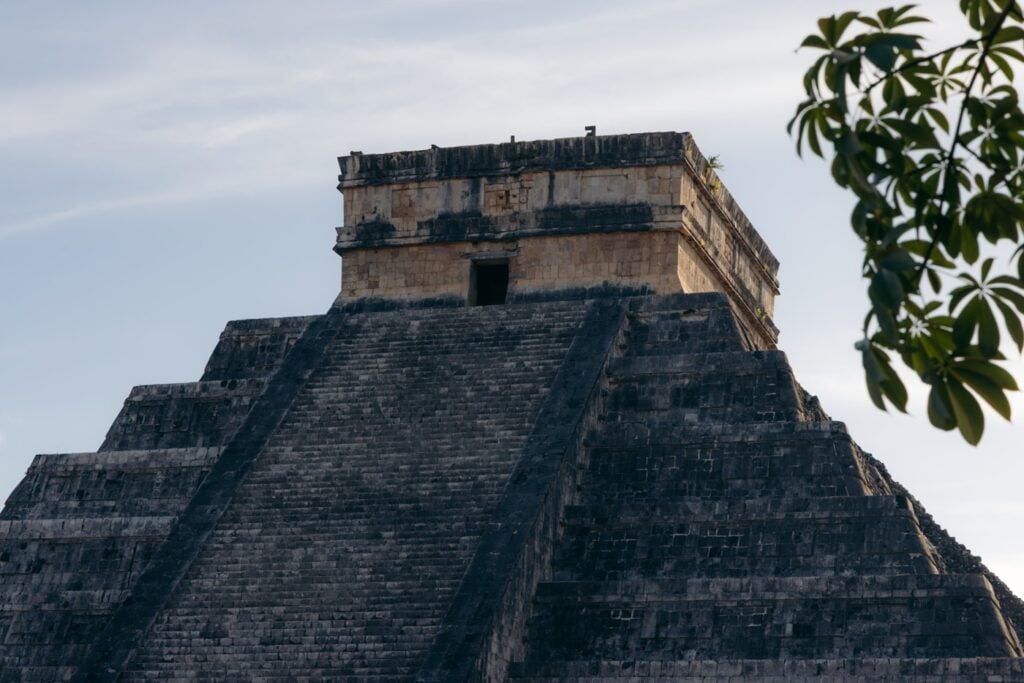
Other Ruins That Might Suit You Better
If you’re interested in seeing ruins, but are seeking a more peaceful or authentic experience, you’ve got plenty of options around the Yucatan Peninsula. Here are some I recommend:
1. Ek’ Balam
- Located near Valladolid
- Less crowded, beautifully preserved
- You can still climb the main pyramid, which offers stunning jungle views
2. Coba
- Near Tulum, surrounded by dense jungle
- Rent a bike to explore the spread-out site
- Climb Nohoch Mul, one of the tallest pyramids in the Yucatán
3. Uxmal
- Near Mérida
- Arguably more visually stunning than Chichén Itzá, with rounded pyramids and detailed carvings
- Far fewer visitors, especially on weekdays
4. Calakmul
- Deep in the jungle of Campeche
- Harder to reach, but the isolation adds to the experience
- A true Indiana Jones-style adventure, with monkeys and towering ruins
5. Mayapán
- A smaller, quieter site near Mérida
- Often overlooked, but surprisingly extensive
Tips To Get the Most Out of Your Visit:
If you plan to visit Chichén Itzá, there are a few things to keep in mind.
- Aim to arrive as early as possible. If you’re driving there, plan to get there before the gates open at 8:00 AM. If you’re visiting on a tour, choose the tour that has the earliest start. Getting there early ensures you’ll beat the worst of the crowds.
- Bring water and wear a hat - it gets very hot and there aren’t many shaded spots.
- If you aren’t visiting on a tour, it’s worth paying for a guide as the insights they provide add so much to the experience.
